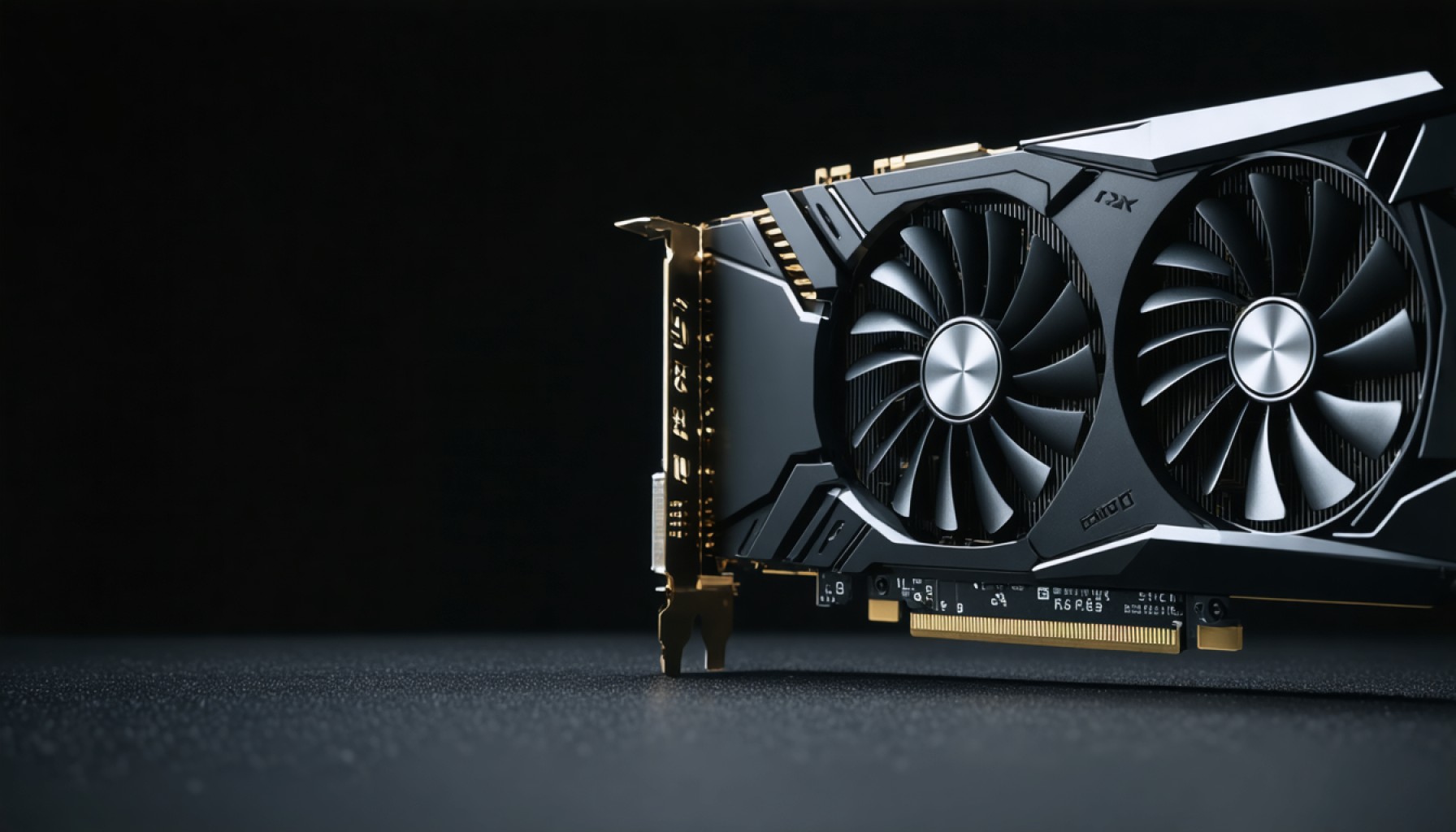- Demand for Nvidia’s H20 chips is surging in China, driven by DeepSeek’s affordable AI models.
- Major companies like Tencent, Alibaba, and ByteDance are heavily investing in acquiring these specialized chips.
- AI is expanding beyond tech and finance into sectors like education and healthcare, thanks to DeepSeek’s accessible models.
- Despite U.S. export restrictions, the demand for computational efficiency persists in China.
- DeepSeek’s models optimize AI inference, making previously impractical applications feasible.
- Analysts are surprised by the continued robust demand for AI computation despite anticipated declines.
- Speculation arises about strategic resource accumulation amid potential U.S. trade limitations.
- The increasing integration of AI continues to transform global tech landscapes.
On bustling streets of tech-savvy cities like Beijing and Shenzhen, a quiet revolution propels a rapid escalation in demand for Nvidia’s H20 chips. These specialized semiconductors, uniquely tailored for China, see a surge in orders as DeepSeek’s affordable AI models mesmerize the market.
The rhythmic hum of servers reverberates as Tencent, Alibaba, and ByteDance pour resources into stockpiling these coveted chips. As if in sync, smaller firms pivot, eagerly integrating AI capabilities powered by DeepSeek’s models into their operations. Once, only financial and telecom behemoths dared navigate the sophisticated realms of AI, but now education and healthcare sectors join the ranks, leveraging the power of smart technology.
Despite U.S. restrictions limiting Nvidia’s chip exports to China, the hunger for computational efficiency supersedes regulatory hurdles. There’s a distinct rhythm to how DeepSeek models operate—they optimize inference, breathing life into applications once deemed impractical without raw processing power.
These advancements in AI do not merely bolster Nvidia’s dominant market position; they challenge expectations. Analysts anticipated a dip in AI compute demand, yet the waves of innovation drive an insatiable appetite for advanced models that enhance daily experiences.
As tech titans brace for further U.S. trade limitations, speculations rise. Could this be a strategic accumulation of resources, a hedge against geopolitical uncertainty? The chessboard is set for future maneuvers as DeepSeek leads its AI models into the mainstream, generating ripples of excitement and unease across global tech landscapes.
While Nvidia’s shares waver atop fluctuating sentiments, for now, China’s insatiable demand for the H20 chip fuels a relentless march towards a more integrated technological future.
The AI Chip Revolution: Why Nvidia’s H20 is Taking China by Storm
How-To Steps & Life Hacks: Integrating Nvidia’s H20 Chips into Your AI Systems
Integrating Nvidia’s H20 chips into your AI systems involves a few crucial steps:
1. Understand the Compatibility: Ensure existing infrastructure matches the hardware requirements of the H20 chip. This involves updating drivers and software potentially.
2. Optimize AI Models: Tailor your AI models, like those from DeepSeek, to leverage the H20’s capabilities. This process may include custom inference optimization specific to the chip’s architecture.
3. Pilot Testing: Before full-scale deployment, conduct pilot tests to ensure system stability and performance improvements.
4. Monitoring and Tweaking: Post-deployment, continually monitor performance and make necessary adjustments for efficiency.
Real-World Use Cases
1. Education: AI-driven learning platforms enhance personalized education—even in remote learning settings—by adapting to student performance in real-time.
2. Healthcare: Fast inferencing speeds in AI applications enable more accurate and timely diagnoses, revolutionizing patient care and administrative efficiency.
3. E-Commerce: Companies like Alibaba use these chips to bolster recommendation systems and improve search algorithms, increasing sales and customer satisfaction.
Market Forecasts & Industry Trends
The AI semiconductor market, especially in China, is expected to grow significantly. According to a report by MarketsandMarkets, the AI chip market could be worth over $91 billion by 2025. The demand is driven by the need for more efficient processing to support AI models which is clearly demonstrated by the uptake of the H20 chips.
Controversies & Limitations
While Nvidia enjoys soaring demand, there are controversies regarding supply chain limitations due to political tensions and trade restrictions. Critics argue such dependency on a single provider could present challenges if geopolitical situations worsen.
Features, Specs & Pricing
1. Processing Power: H20 chips offer optimized AI computing efficiency.
2. Energy Consumption: Known for better performance per watt consumption, making them ideal for large-scale data centers.
3. Pricing: While specific pricing details aren’t public, Nvidia’s chips are generally premium-priced due to their advanced technology.
Security & Sustainability
Given the energy-intensive nature of AI workloads, Nvidia focuses on optimizing its chips for power efficiency. Sustainability in terms of e-waste could be a concern as faster cycles of technological evolution lead to rapid obsolescence.
Tutorials & Compatibility
Tutorials are available on Nvidia’s and other tech forums outlining the integration process of H20 chips into existing architectures. Compatibility information often emphasizes updates to both the hardware components and software ecosystems.
Pros & Cons Overview
Pros:
– Enhanced processing capabilities.
– Power-efficient designs.
– Strong support from the Nvidia ecosystem.
Cons:
– High initial investment cost.
– Potential supply chain issues due to geopolitical challenges.
Actionable Recommendations
– Stay Informed: Regularly update yourself on industry news, particularly any political changes affecting supply chains.
– Diverse Partnerships: Consider diversifying suppliers to minimize disruption risks.
– Energy Audits: Perform periodic energy audits to manage sustainability impacts actively.
For more insights and details about Nvidia’s evolving technology, please visit their official Nvidia site.
The rapid strides in AI technology in China, bolstered by approval and integration of Nvidia’s H20 chips, showcase a significant shift towards smarter, more efficient technological landscapes. Stay ahead by keeping an ear to ground-breaking developments in this space.


















